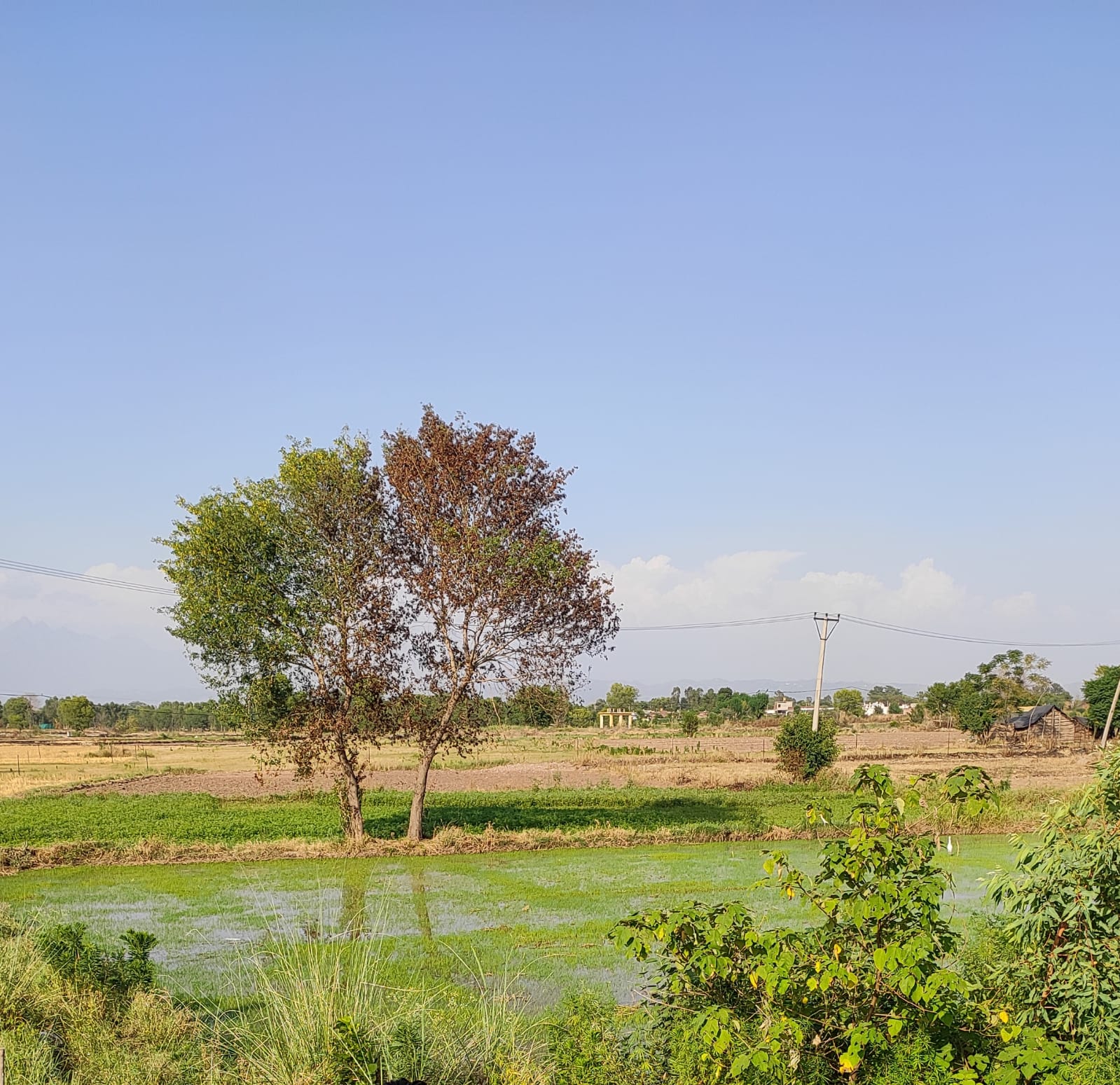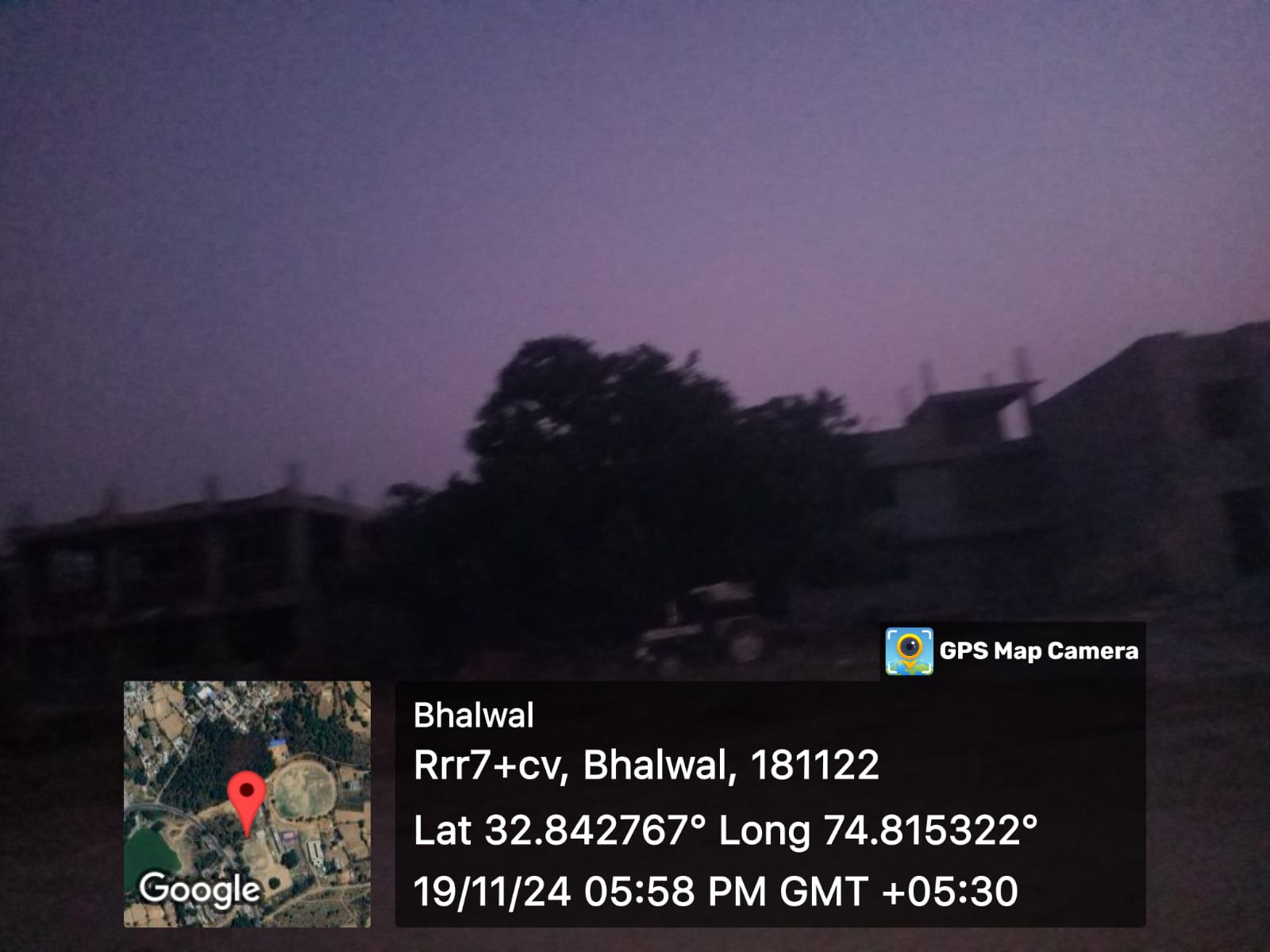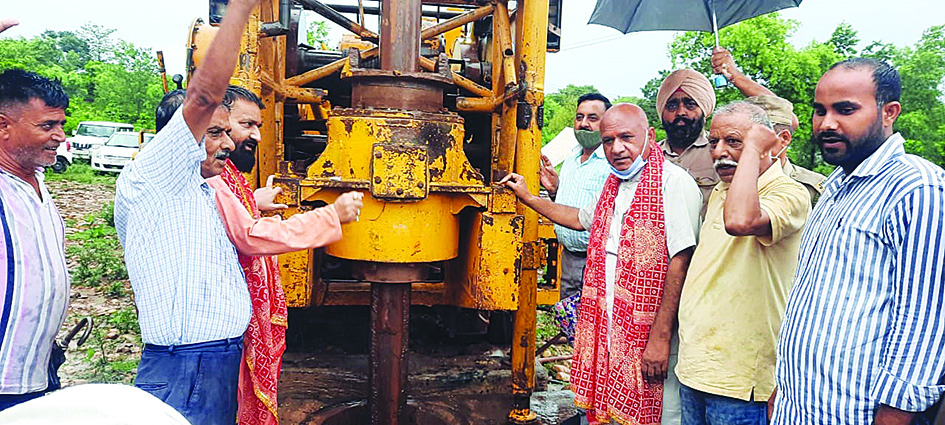Description
Introduction to Karwanda
Karwanda is a picturesque village situated in the Jammu district of Jammu and Kashmir, India, close to the city of Jammu, which is the winter capital of the region. Known for its scenic beauty and natural landscapes, the village offers a tranquil and rural lifestyle to its residents. Though small in size, Karwanda holds a significant place in the cultural fabric of the Jammu region, with its community deeply rooted in agricultural traditions and rich local customs. Despite its rural nature, the village is experiencing gradual infrastructural development, making it an emerging hub within the surrounding rural areas.
Geographical Location and Surroundings
Karwanda is nestled within the foothills of the Shivalik mountain range, which provides the village with breathtaking views of the surrounding landscape. The village is located about 20-30 kilometers from Jammu city, making it easily accessible to the urban center while still maintaining its rural charm. The region is characterized by a diverse terrain, consisting of rugged hills, agricultural fields, and scattered settlements. Forests, rivers, and seasonal streams add to the village's natural allure, providing both ecological richness and scenic beauty. The climate is semi-arid, with hot summers and cold winters, which is typical for the Jammu region, shaping the agricultural practices and daily life of the villagers.
Demographics and Population
The population of Karwanda is relatively small, with most inhabitants being of Dogra ethnicity, a community known for its cultural heritage and historical importance in Jammu and Kashmir. The majority of the residents are Hindus, although there are small communities of Muslims and Sikhs. The primary language spoken by the villagers is Dogri, although Hindi and English are also widely understood, particularly among the younger generation. The population density is lower than that of urban areas, and most people rely on agriculture and small-scale business activities for their livelihoods. The sense of community in Karwanda is strong, with families maintaining traditional ways of life.
Economy and Occupation
Agriculture forms the backbone of Karwanda’s economy. The fertile land surrounding the village supports the cultivation of crops such as wheat, rice, maize, and a variety of vegetables. Additionally, fruit farming is an essential economic grown in parts of the village. Animal husbandry is also a key livelihood source, with many families raising cattle, goats, and poultry for milk, meat, and other products. While farming remains the primary occupation, seasonal labor migration to nearby cities like Jammu is common, with many villagers seeking employment in government services, trade, and education, especially during the off-season.
Culture and Traditions
Karwanda’s cultural life is heavily influenced by the Dogra traditions, with the community celebrating a range of local festivals, music, and dance. Festivals such as Diwali, Holi, Navratri, and Baisakhi are major events in the village, celebrated with much enthusiasm and fervor. The village's cultural heritage is marked by traditional folk music and dance, which play an essential role during these festivals. People typically wear traditional clothing like Kashmiri shawls, saris, and kurta-pajamas, especially during special occasions and religious ceremonies. The social structure of the village is close-knit, with families often coming together for communal activities and religious functions, reinforcing the values of unity and tradition.
Education and Literacy
Education in Karwanda is primarily focused on primary schooling, with several schools in the area providing foundational education to children. The literacy rate has been gradually increasing, with many students continuing their education in Jammu city, where secondary and higher educational institutions are available. Although Karwanda is making progress in terms of literacy, access to advanced educational facilities is still limited within the village itself. As a result, many young residents migrate to urban areas in search of better opportunities for further studies. Government initiatives, such as scholarships and educational schemes, have helped improve educational outcomes in the village, contributing to the overall growth of literacy rates.
Healthcare and Basic Amenities
The healthcare infrastructure in Karwanda is basic, with a small primary health center (PHC) serving the local community’s immediate medical needs. For specialized treatments or more serious health conditions, residents often have to travel to Jammu city or nearby towns. Common health challenges in rural areas like Karwanda include waterborne diseases, particularly during the monsoon season, and respiratory issues due to fluctuating temperatures. The village is gradually improving its basic amenities, including electricity, water supply, and road networks. While these services have seen improvements over the years, rural areas like Karwanda still face occasional disruptions in these essential utilities.
Transportation and Connectivity
Karwanda is well-connected to Jammu city and other surrounding areas via a network of rural roads and highways. The National Highway 1A, which links Jammu with Srinagar, passes through various parts of the region, offering easy access to the village. Public transportation, including buses and shared taxis, is the primary means of travel for villagers commuting to Jammu for work, education, or shopping. Although private vehicles are more common among wealthier families, public transport remains crucial for the majority of the population. The nearest railway station is located in Jammu, and the Jammu Airport serves as the region's main air travel hub, connecting the area to major cities across India.
Recent Developments and Initiatives
In a significant development for the village, the Jammu and Kashmir government has launched initiatives under the Jal Jeevan Mission to improve basic amenities. On July 12, the District Development Council (DDC) Jammu Chairman, Bharat Bhushan Bodhi, inaugurated the digging for a new deep tube well at Karwanda to ensure a more reliable supply of clean drinking water. This project is part of the government's broader efforts to provide tap water to every household by 2022. With the area being a part of the Kandi belt, this new water source will provide much-needed relief to the villagers, particularly during the dry seasons when water scarcity is a concern.
Sports and Youth Engagement
Karwanda’s youth are actively involved in various sports, and the village’s educational institutions play a pivotal role in fostering sportsmanship and physical activity. A notable achievement was the victory of SD Memorial Higher Secondary School (SDMH) Karwanda in the Project Health Kabaddi Tournament. The school’s teams won the championship titles in both the Under-16 and Under-14 categories. This victory showcases the sporting potential of Karwanda’s youth and highlights the role of local schools in encouraging talent and physical fitness. The community, alongside local leaders, continues to promote sports and other extracurricular activities as a means of youth engagement and development.
Conclusion
Karwanda is a village that reflects the essence of rural life in Jammu and Kashmir. With its agricultural roots, strong cultural traditions, and emerging infrastructural developments, it continues to evolve while preserving its rich heritage. The village's proximity to Jammu city allows it to benefit from urban growth while retaining its peaceful rural charm. As ongoing efforts in healthcare, education, and basic amenities unfold, Karwanda is poised to continue growing and improving, providing a better quality of life for its residents and serving as an example of rural resilience in Jammu and Kashmir.
Photos
Videos
Location Map
Amenities
- Website
Contact Information
| Address |
karwanda bhalwal |
| Phone Number |
8492039677 |
| Email Address | |
| Website | https://localbodydata.com/gram-panchayat-bhalwal-upper-b-240514 |
Reviews (2)


Good research and insightful























Good